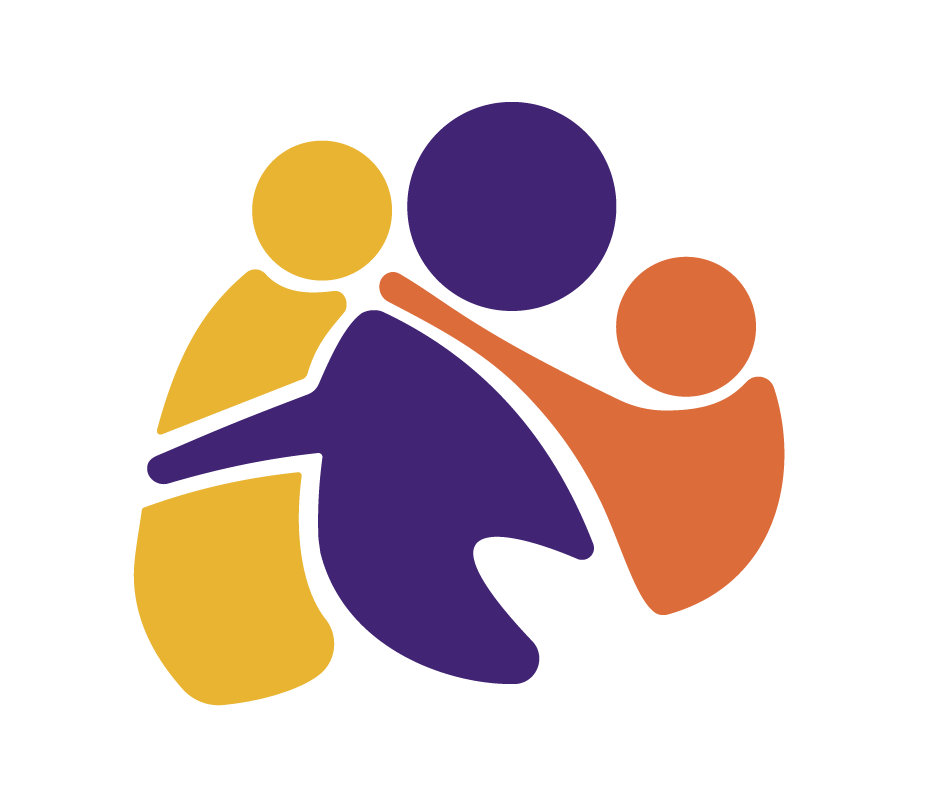There is a reason that you’ll often hear people talking about “the terrible twos” and “three-nagers”; parenting toddlers is hard work! One of the biggest challenges for parents is dealing with the tantrums and meltdowns that are commonplace during this time.
Although some lucky parents may skip the drama during the toddler years – perhaps due to temperament or life experiences – most parents will encounter many temper tantrums! These emotional outbursts are a normal, healthy part of development; toddlers and even older children often struggle to regulate their emotions. Over time, with the help of their parents, they learn how to handle these difficult feelings without “losing it”.
Below are some general strategies that Parent Help recommends for dealing with tantrums:
Don’t reward the behaviour:
If a child throws a tantrum because you have said no, it’s important to stick to that! Calmly hold your ground. Don’t give in to make the tantrum go away. In the long run, you’ll have fewer tantrums to deal with, we promise.
Look for triggers:
What happens just before the tantrum is important to understand. Perhaps they always lose it at a particular time of day, or maybe it’s when you are rushing out the door. If you know when they are most likely to happen, you can look at what the triggers might be (hunger, tiredness, stress) and find ways to prevent them in the first place.
Remain calm: A tantrum is the child’s response to being overwhelmed and stressed; when parents get angry and upset this just adds more fuel to the fire. The quickest way to end a tantrum is to remain as composed as possible. By remaining calm, you are teaching valuable emotional regulation skills.
Validate their feelings: Tantrums can be seen as an opportunity for your child to name emotions. Saying things like “it looks like you’re really disappointed/sad/angry that we need to leave the playground, you’ve had so much fun and you don’t want it to end!” helps validate their feelings and build their emotional vocabulary.
Wait until after the tantrum for consequences: While in the midst of a tantrum, the child is experiencing a stress response, and when the brain is under stress it can’t learn. Wait until the tantrum has ended before disciplining. For example, during the tantrum they may throw something, make a mess, or even break things. Once they have calmed down, not during the tantrum, is the best time to teach them how to make amends by helping you tidy up.
Don’t punish them for having feelings: Let’s be honest, we all lose it sometimes! This just means we’re human. If you feel that discipline is necessary, try and avoid punitive approaches (like time out) but rather focus on natural consequences e.g. if the child throws a toy repeatedly, you would put the toy out of reach and firmly and calmly let them know that “I won’t let you throw things”.
Connect and strengthen the relationship: Although it may not seem like it at the time, each tantrum is an opportunity to bring you and your child closer. If you are able to stay firm to the boundary, while remaining warm and empathetic, your child will feel safe and secure knowing that you are in control but emotionally available.
Don’t withhold comfort and affection: Giving your child a hug during or after the tantrum (if they want it) is not rewarding the behaviour, it is building your relationship and helping them learn to regulate their own emotions.
Learn more about emotional regulation in children: There are lots of great resources for parents and many books on helping children learn to regulate their emotions can be found at local libraries. A few examples we recommend are:
– The Whole-Brain Child by Daniel J Siegel
– No-Drama Discipline by Dr Daniel J Siegel
– No Bad Kids by Janet Lansbury
– Peaceful Parent, Happy Kids by Dr Laura Markham
Parent Helpline
If you have found this information useful and would like to talk with one of our trained telephone support workers, give our free Parent Helpline a call on 0800 568 856. We are here to talk about any of your parenting concerns. We receive calls about all age groups – from babies to adolescents – and no issue is too big or small.



